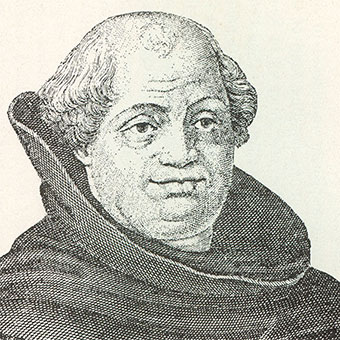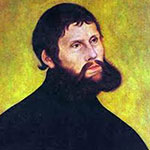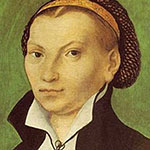When our Lord and Master Jesus Christ said, "Repent" (Mt 4:17), he willed the entire life of believers to be one of repentance.
1505–1517
Luther’s Religious Life
After entering the monastery, Luther pursued his religious life with vigor, studying Scripture and struggling with God as his faith developed. Twelve years later came the fateful day when he nailed the Ninety-Five These to the Castle Church Door in Wittenberg on October 31, 1517.
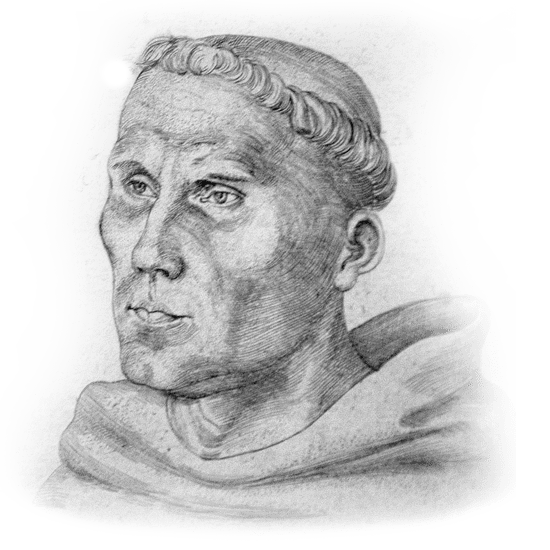
1506
In the fall of 1506, Luther takes his final vows as an Augustinian Monk.
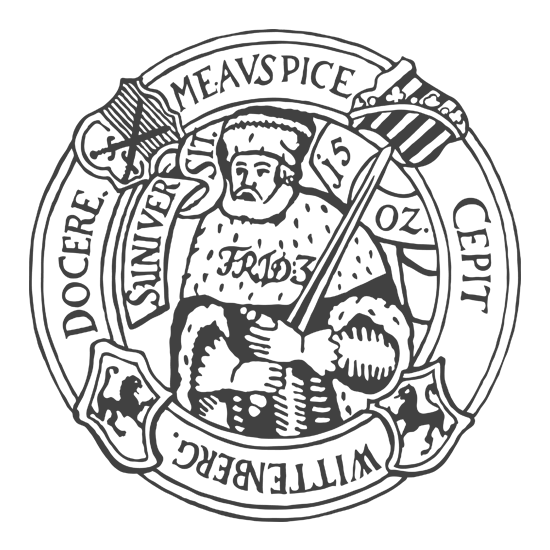
1507–1512
Luther is ordained a Catholic priest on April 3, 1507, at Erfurt Cathedral. He celebrates his first Mass just a month later, on May 2.
Pursuing his theological education in 1507, Luther is awarded his Bachelor of Theology degree on March 9, 1509, and returns to Erfurt. In 1511, he is sent to Wittenberg University to serve as a professor, and he earns his Doctor of Theology degree in October 1512.

1514
In 1514, while reading St. Paul’s Letter to the Romans, Luther is moved to write that it’s not about good works, but it’s about faith, and it’s about Jesus.
1517
In 1517, Pope Leo X declares indulgence for rebuilding St. Peter’s Basilica in Rome, a rebuilding that had begun in 1506 under Pope Julius II. Johann Tetzel raises a lot of money for the new basilica by telling people they must buy indulgences or they and their loved ones will suffer in purgatory. This led to the fateful day of October 31, 1517, when Luther nailed the Ninety-Five Theses to the Castle Church door in Wittenberg.






